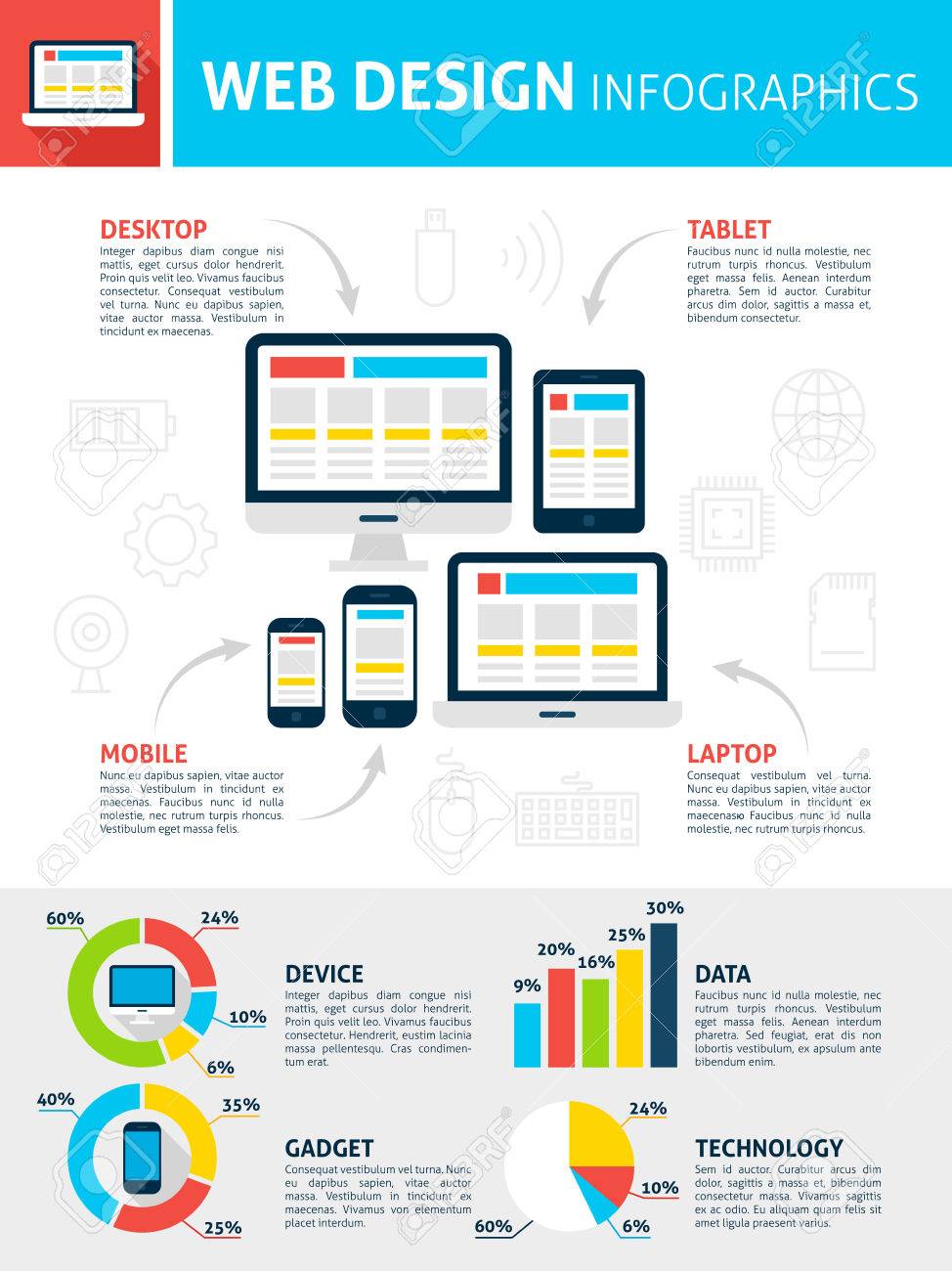Interested In Finding Out Just How Website Design Has Progressed Over The Years? Discover The Journey From Uncomplicated Designs To User-Centered Strategies
Interested In Finding Out Just How Website Design Has Progressed Over The Years? Discover The Journey From Uncomplicated Designs To User-Centered Strategies
Blog Article
Written By-Bradshaw Bojesen
In the past, web sites were easy and concentrated on info. Navigating was direct, and style was for desktops. Currently, customer experience is key. Information overviews layouts for very easy navigating. Receptive designs match various gadgets. Today, dark setting decreases strain, and minimalist menus boost navigating. Interactive functions involve individuals, and vibrant visuals stand apart. AI integration increases involvement. See just how style has developed to boost your online trip.
Early Days of Web Design
In the very early days of website design, simplicity reigned supreme. linked internet page were basic, with restricted shades, fonts, and designs. The focus was on giving information instead of flashy visuals. Individuals accessed the internet via slow dial-up connections, so speed and performance were key.
Navigating menus were straightforward, normally located on top or side of the page. Internet sites were created for desktop computers, as mobile surfing wasn't yet prevalent. Material was king, and designers focused on simple readability over complex design elements.
HTML was the key coding language made use of, and developers had to work within its restraints. Animations and interactive features were very little contrasted to today's requirements. Websites were static, with little dynamic web content or customized user experiences.
Increase of User-Focused Style
With the development of internet site design, a shift in the direction of user-focused style principles has actually ended up being significantly popular. Today, creating sites that focus on user experience is crucial for involving visitors and accomplishing business objectives. User-focused style entails recognizing the demands, choices, and actions of your target market to tailor the website's format, content, and features as necessary.
Designers now perform complete research, such as customer studies and use screening, to gather understandings and feedback directly from users. This data-driven strategy assists in producing instinctive navigating, clear calls-to-action, and visually enticing interfaces that resonate with visitors. By placing the customer at the center of the design procedure, web sites can deliver a much more tailored and pleasurable experience.
Receptive style has actually also emerged as a key element of user-focused layout, ensuring that sites are optimized for numerous devices and screen dimensions. This adaptability enhances ease of access and usability, dealing with the diverse ways individuals engage with web sites today. In essence, the increase of user-focused style symbolizes a shift towards developing electronic experiences that focus on the needs and expectations of the end user.
Modern Trends in Website Design
Explore the latest trends shaping website design today. One famous pattern is dark mode layout, providing a smooth and modern appearance while lowering eye strain in low-light atmospheres. Another key fad is minimalist navigating, streamlining menus and enhancing customer experience by focusing on essential elements. Incorporating micro-interactions, such as animated buttons or scrolling results, can develop an extra engaging and interactive website. Receptive style stays crucial, ensuring seamless customer experiences across various gadgets. In addition, utilizing strong typography and unbalanced formats can include visual rate of interest and accentuate details content.
Integrating AI technology, like chatbots for consumer assistance or customized recommendations, boosts user interaction and improves processes. Availability has likewise become a substantial trend, with developers focusing on inclusive layout practices to cater to diverse customer needs. Accepting sustainability by maximizing site efficiency for rate and performance is an additional emerging fad in web design. Working together with individual comments and data analytics to repeat and boost layout continuously is vital for staying appropriate in the ever-evolving electronic landscape. By embracing these modern patterns, you can develop an aesthetically appealing, straightforward site that resonates with your target market.
Conclusion
As you assess the evolution of web site layout from the very early days to currently, you can see exactly how user-focused design has actually come to be the driving pressure behind contemporary patterns.
Accept the journey of adjustment and adaptation in web design, always maintaining the user experience at the forefront.
Remain existing with the most recent fads and modern technologies, and never stop evolving your strategy to create visually sensational and straightforward internet sites.
Progress, adapt, and produce - the future of website design is in your hands.
